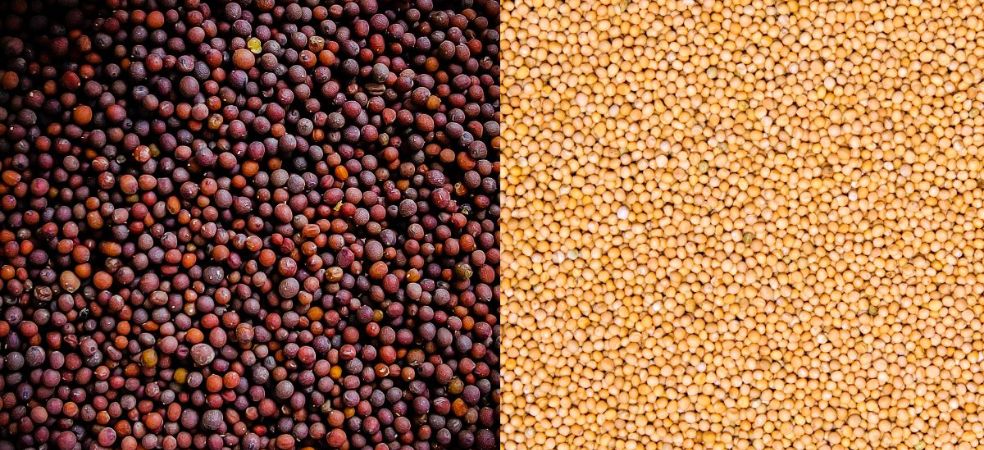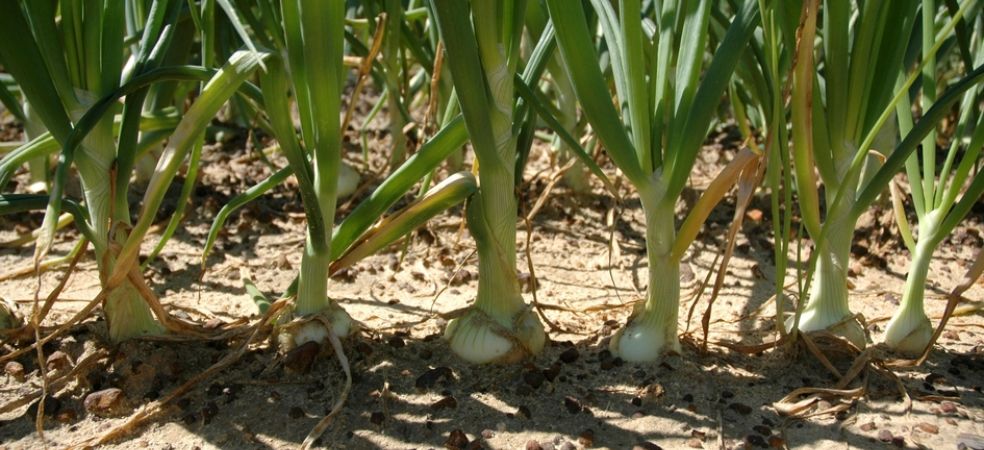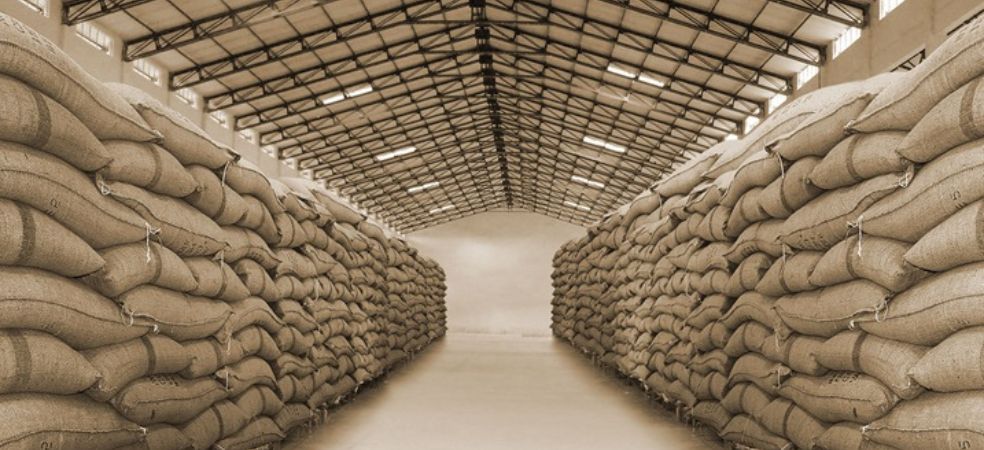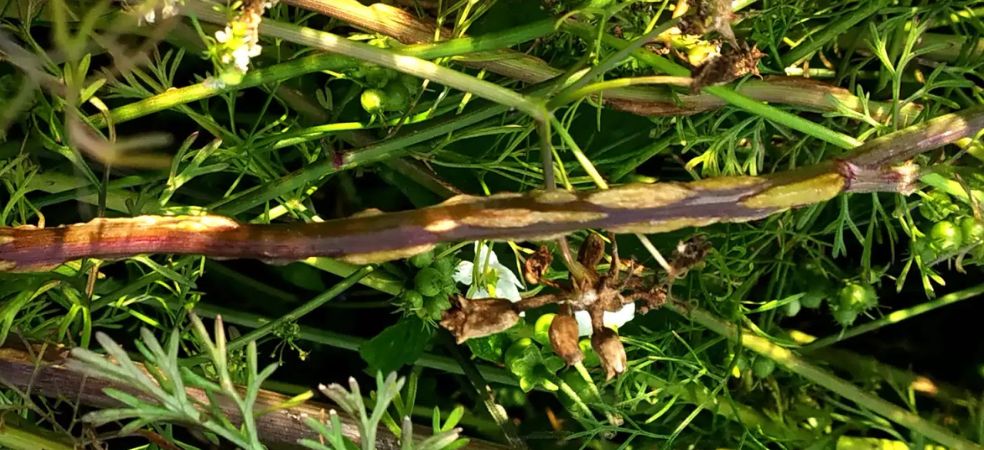A rise is being seen in the market price of mustard. See what are the prices of mustard in different mandis of Madhya Pradesh!
| Rates of Mustard in the mandis of MP | ||||
| District | Market | Variety | Minimum Price (per quintal) | Maximum Price (per quintal) |
| Shajapur | Agar | Mustard | 3701 | 5295 |
| Ashoknagar | Ashoknagar | Mustard | 5185 | 5255 |
| Sehore | Ashta | Mustard | 3995 | 4740 |
| Sehore | Ashta | Mustard(Black) | 4001 | 5500 |
| Chhatarpur | Badamalhera | Mustard | 5000 | 5025 |
| Shivpuri | Barad | Mustard | 4576 | 5776 |
| Raisen | Begamganj | Mustard | 5095 | 5095 |
| Bhopal | Berasia | Mustard(Black) | 5030 | 5030 |
| Rajgarh | Biaora | Mustard | 4400 | 4400 |
| Chhatarpur | Bijawar | Mustard(Black) | 5645 | 5810 |
| Mandsaur | Daloda | Mustard | 4880 | 5299 |
| Damoh | Damoh | Mustard | 4765 | 5305 |
| Dewas | Dewas | Mustard | 4000 | 5001 |
| Vidisha | Ganjbasoda | Mustard | 2300 | 5250 |
| Dewas | Haatpipliya | Mustard | 4670 | 4670 |
| Harda | Harda | Mustard | 4172 | 5421 |
| Jabalpur | Jabalpur | Mustard | 4875 | 5100 |
| Ratlam | Jaora | Mustard | 4475 | 5830 |
| Morena | Kailaras | Mustard | 5668 | 5761 |
| Shajapur | Kalapipal | Mustard | 4925 | 5100 |
| Katni | Katni | Mustard | 3899 | 5999 |
| Shivpuri | Kolaras | Mustard | 4080 | 5500 |
| Gwalior | Lashkar | Mustard | 5510 | 5705 |
| Ujjain | Mahidpur | Mustard | 4501 | 4501 |
| Neemuch | Manasa | Mustard | 4326 | 5353 |
| Mandsaur | Mandsaur | Mustard | 4314 | 5390 |
| Neemuch | Neemuch | Mustard | 4711 | 5425 |
| Neemuch | Neemuch | Mustard(Black) | 5361 | 5361 |
| Rajgarh | Pachaur | Mustard | 5080 | 5080 |
| Shivpuri | Pohari | Mustard | 4535 | 5245 |
| Rewa | Rewa | Mustard(Black) | 5151 | 5250 |
| Morena | Sabalgarh | Mustard(Black) | 5600 | 5785 |
| Sagar | Sagar | Mustard | 3750 | 6455 |
| Sagar | Sagar | Mustard-Organic | 4195 | 5305 |
| Satna | Satna | Mustard | 5200 | 5490 |
| Sehore | Sehore | Mustard(Black) | 5300 | 5353 |
| Shajapur | Shajapur | Mustard | 3500 | 4612 |
| Sheopur | Sheopurbadod | Mustard | 5330 | 5330 |
| Sheopur | Sheopurkalan | Mustard | 5555 | 5595 |
| Vidisha | Sironj | Mustard | 4965 | 4965 |
| Ujjain | Tarana | Mustard | 4621 | 4771 |
| Ujjain | Ujjain | Mustard | 4751 | 4751 |
| Vidisha | Vidisha | Mustard | 3400 | 5350 |
Source: Agmarknet
ShareTo know the information related to agriculture and the latest market price, keep reading Gramophone articles. If you liked today’s information then do share it with friends.





